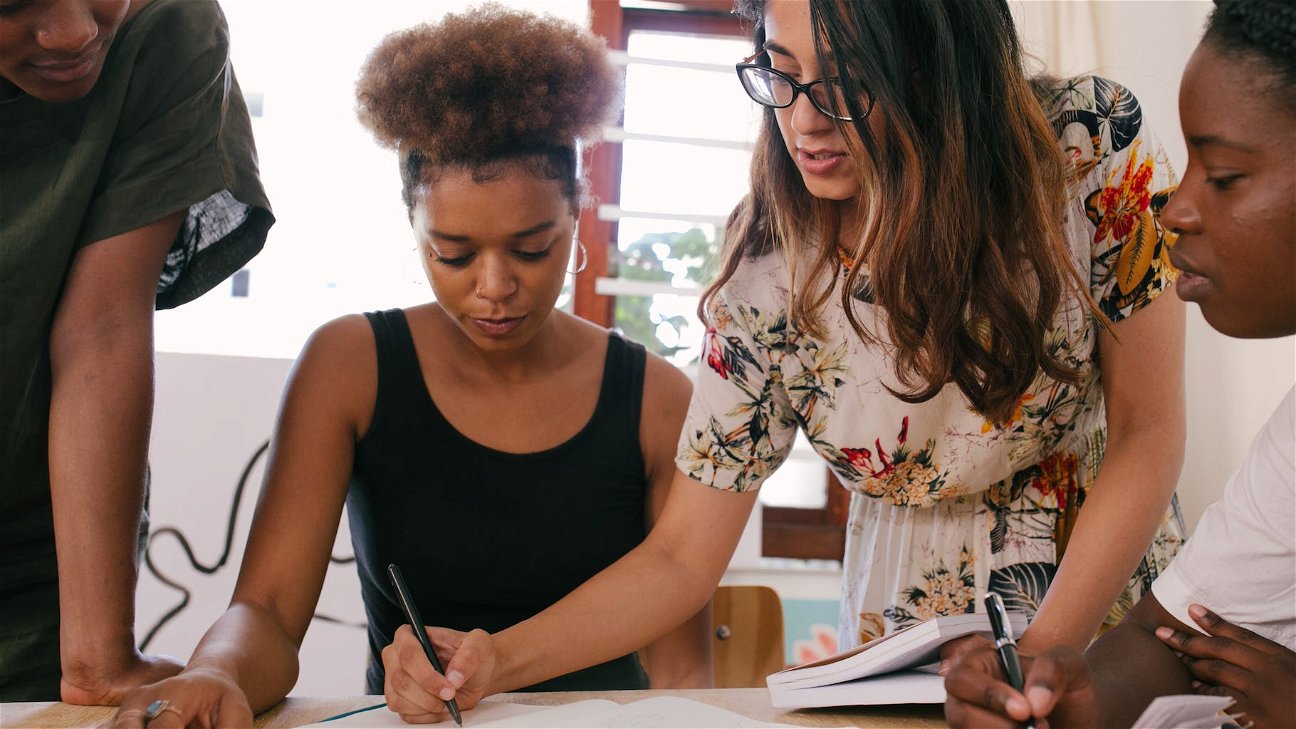
So you want to up your game in portrait photography? You're in the right place. In this in-depth article, we'll explore the four must-know techniques that will help you capture perfect portraits. These tips can be used by both beginners and seasoned photographers alike. So, grab your gear, and let's dive into the world of portrait photography!
1. Mastering Camera Settings
The first step to achieving perfect portraits is mastering your camera settings. A slight adjustment can significantly impact the quality of your portrait photos. Here are some essential camera settings:
-
Aperture: For a focused subject and blurred background, use a wide aperture (low f-number). An f/1.8 or f/2.8 is ideal for this.
-
Shutter Speed: If your subject is moving, use a faster shutter speed. For static subjects, a slower shutter speed works fine.
-
ISO: Keep the ISO low to minimize noise. Increase it only if you need more light.
2. Posing and Composition
Correct posing and composition can make or break a portrait. It's important to guide your subjects into poses that look natural and flattering. Here are some tips:
-
Communicate: Always communicate with your subject. Make them feel comfortable and explain what you're trying to achieve.
-
Try Different Angles: Don't just stick to one angle. Try shooting from above, below, and at eye level.
-
Use Props: Props can add more interest to your portraits. They can help tell a story or reveal more about the subject's personality.
3. Lighting Techniques
Lighting plays a key role in portrait photography. It sets the mood of the portrait and can dramatically enhance your subject's features. Here are three common lighting techniques:
-
Rembrandt Lighting: This creates a small triangle of light on the subject's cheek opposite the light source.
-
Butterfly Lighting: The light is placed directly in front of the subject, creating a shadow under the nose that resembles a butterfly.
-
Loop Lighting: The light is slightly off to one side, creating a small shadow on the side of the nose opposite to the light.
4. Post-Processing
No portrait is complete without some post-processing. Here's a brief overview of what you can do in post:
-
Color Correction: Adjust the white balance, saturation, and contrast to ensure accurate colors.
-
Retouching: Remove any blemishes or imperfections from your subject's skin.
-
Cropping: Crop your image to improve the composition or focus more on your subject.
Remember, the key to perfect portrait photography is practice. Use these techniques, experiment, and see what works best for you.





